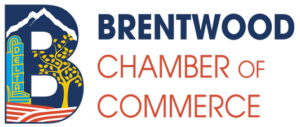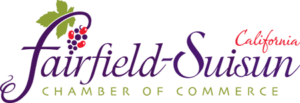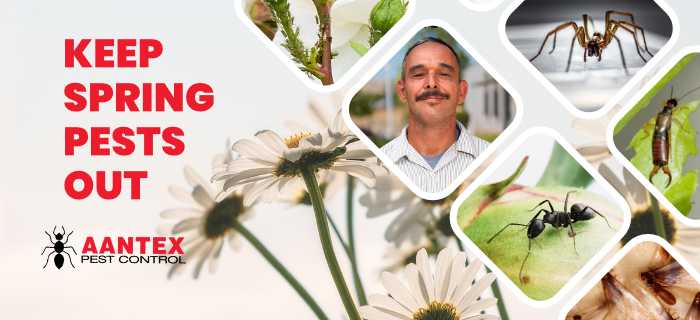We are a group of highly trained individuals who take pride in our ability to help you, the client, understand if and when you may need a pest control professional. Many firms insist that you sign a maintenance contract before they will perform service. AANTEX offers one-time maintenance services without having a contract! Whether you employ us once a year, once a decade, or anything in between, you will think of us because we did a great job.
Licensed, bonded, insured and background checked with over 40+ years of experience
No large corporations, no franchises, truly locally owned and woman owned within your community.
Our pricing is budget friendly and every customer has a unique plan catered to them so that you only invest in the services you need. No long term contracts, no unnecessary add-ons/
Every home and commercial property is unique which means that there is no one size fits all approach with pest control. We will create a plan exclusively for you and we will monitor/change the plan as needed.







Booking your service is truly easy with our in-house, dedicated customer service representatives. Another reason to stay local with us!
Our team of local pest professionals will arrive and introduce themselves before getting started.
You will have a custom treatment plan in place for your home and area to ensure we keep the critters out!
The great spring weather isn't just enjoyed by us, pests love them too. Call our local, woman owned company to see how we can help you mitigate pest problems within your property
Common culprits of pest issues include:

EXCELLENTBased on 194 reviews Trustindex verifies that the original source of the review is Google.
Trustindex verifies that the original source of the review is Google. cocktailcrux2025-03-05Bobby came by and gave me a detailed overview of what needs to be done and gave me a quote to consider. Detailed and thorough.Trustindex verifies that the original source of the review is Google.
cocktailcrux2025-03-05Bobby came by and gave me a detailed overview of what needs to be done and gave me a quote to consider. Detailed and thorough.Trustindex verifies that the original source of the review is Google. Maribel Ramos2025-03-04James was the inspector for my real estate inspection - he was informative, paid attention to all the details and professional. Thank you for the great work!Trustindex verifies that the original source of the review is Google.
Maribel Ramos2025-03-04James was the inspector for my real estate inspection - he was informative, paid attention to all the details and professional. Thank you for the great work!Trustindex verifies that the original source of the review is Google. Fiona Martin2025-03-04Hats off to their employee Chris. He is always professional, friendly, knowledgable and hard working. He answers all questions, is very welcoming to my dog Jessie who is always excited to see Chris. Thank you Chris and Aantex. If you want good reliable, consistent service with excellent customer service and you are looking for a pest control company, look no further than Aantex Pest Control.Trustindex verifies that the original source of the review is Google.
Fiona Martin2025-03-04Hats off to their employee Chris. He is always professional, friendly, knowledgable and hard working. He answers all questions, is very welcoming to my dog Jessie who is always excited to see Chris. Thank you Chris and Aantex. If you want good reliable, consistent service with excellent customer service and you are looking for a pest control company, look no further than Aantex Pest Control.Trustindex verifies that the original source of the review is Google. Nika Pancham-Perkins2025-03-02They are always able to work with our schedule, and now the outside of our house seems ant free and spider free. Now, if we could get rid of moles or voles digging up the front yard would be great.Trustindex verifies that the original source of the review is Google.
Nika Pancham-Perkins2025-03-02They are always able to work with our schedule, and now the outside of our house seems ant free and spider free. Now, if we could get rid of moles or voles digging up the front yard would be great.Trustindex verifies that the original source of the review is Google. Eileen Brewster2025-02-27Aantex is the best! They always send a text the day the day prior to confirm (remind!) the appointment. Our tech Michelle comes and cleans the eaves and outside window panes to remove any cobwebs and then does the spraying. Always professional and never leaves a trace (unlike the HVAC guy who never rewinds the hose). And of course…never an issue with pests. Highly recommend!Trustindex verifies that the original source of the review is Google.
Eileen Brewster2025-02-27Aantex is the best! They always send a text the day the day prior to confirm (remind!) the appointment. Our tech Michelle comes and cleans the eaves and outside window panes to remove any cobwebs and then does the spraying. Always professional and never leaves a trace (unlike the HVAC guy who never rewinds the hose). And of course…never an issue with pests. Highly recommend!Trustindex verifies that the original source of the review is Google. Kim Bjorklund2025-02-26We've had Aantex Pest Control service our house for well over 20 years. They're a fantastic company and Michelle is a fantastic service provider.Trustindex verifies that the original source of the review is Google.
Kim Bjorklund2025-02-26We've had Aantex Pest Control service our house for well over 20 years. They're a fantastic company and Michelle is a fantastic service provider.Trustindex verifies that the original source of the review is Google. Irmine Banyas2025-02-24Reporting that Adan has been our pest control person for sometime & does a great job. He is very customer service oriented which is much appreciated. Also important, our dog, Stevie Girl likes him!Trustindex verifies that the original source of the review is Google.
Irmine Banyas2025-02-24Reporting that Adan has been our pest control person for sometime & does a great job. He is very customer service oriented which is much appreciated. Also important, our dog, Stevie Girl likes him!Trustindex verifies that the original source of the review is Google. Debbie H2025-02-21I’ve been with Aantex for almost a year now and I have been very happy with them. Blair is very polite and professional. I would highly recommendTrustindex verifies that the original source of the review is Google.
Debbie H2025-02-21I’ve been with Aantex for almost a year now and I have been very happy with them. Blair is very polite and professional. I would highly recommendTrustindex verifies that the original source of the review is Google. Danielle Hicks2025-02-19Riley was great, good communication and thorough treatment.
Danielle Hicks2025-02-19Riley was great, good communication and thorough treatment.